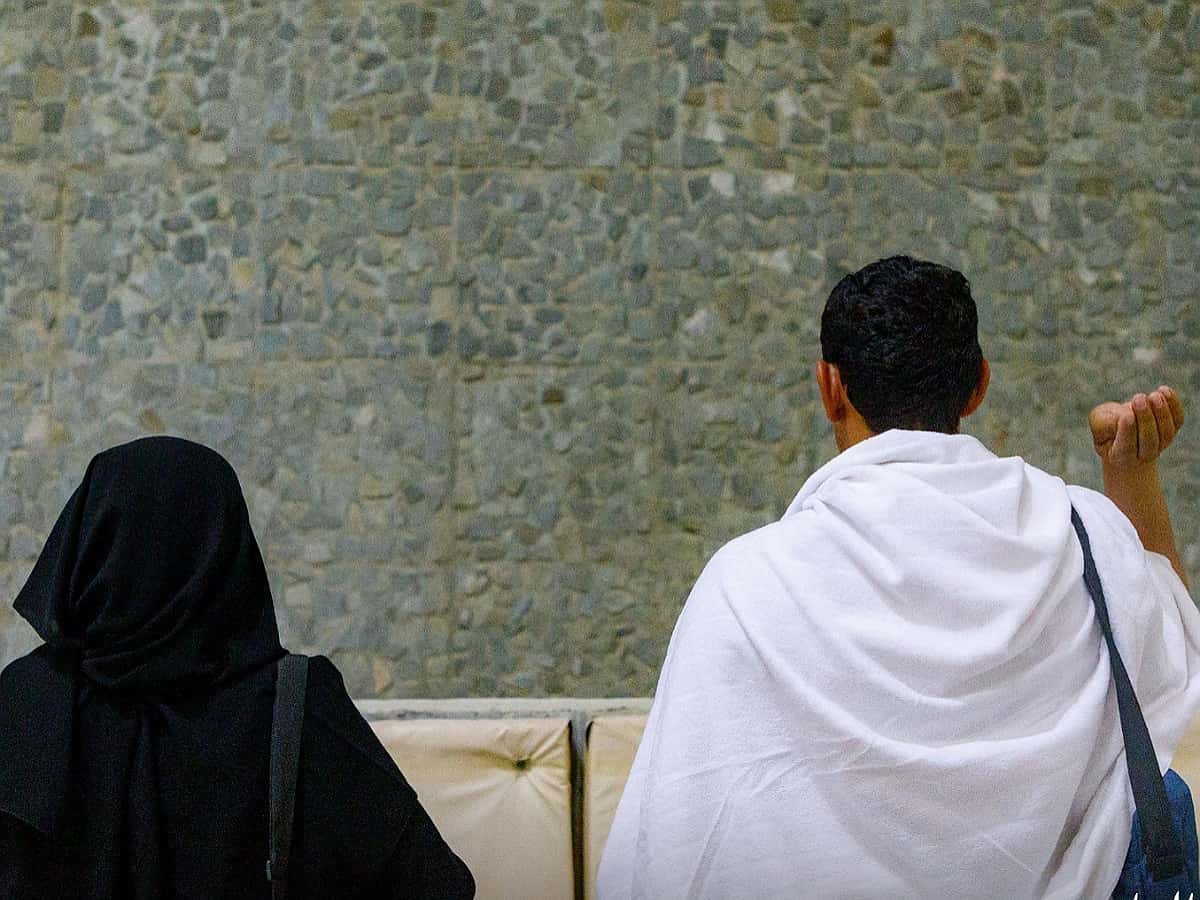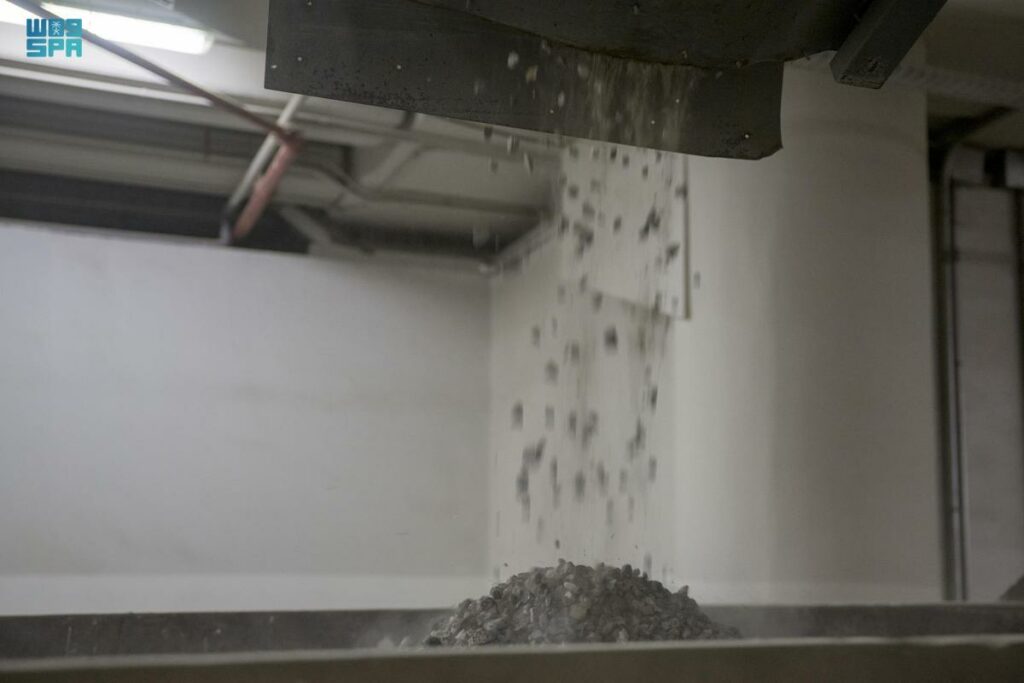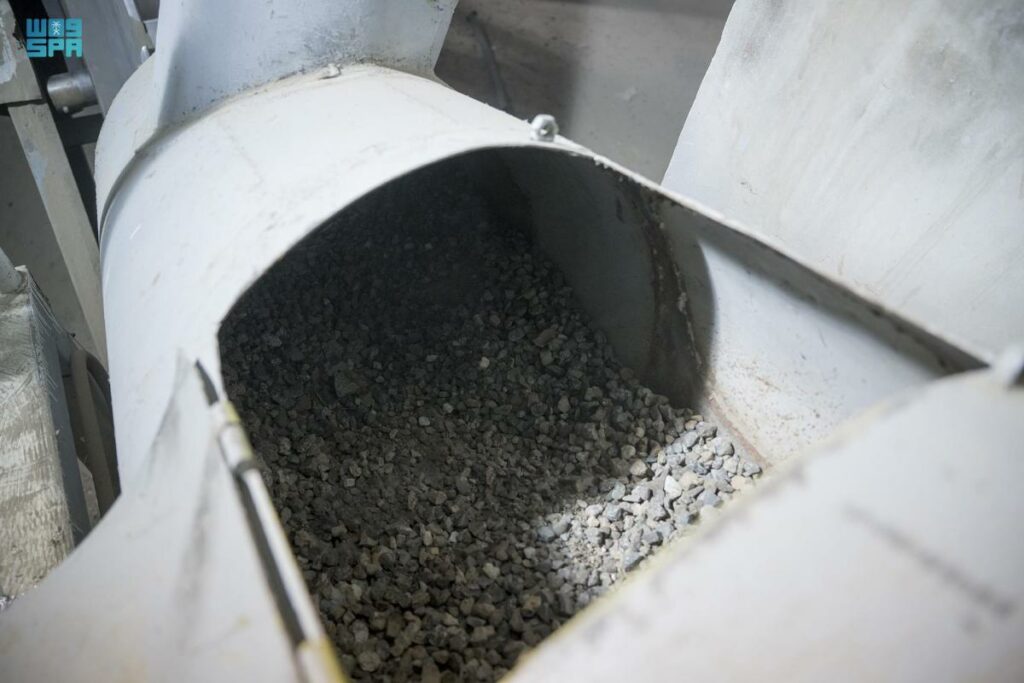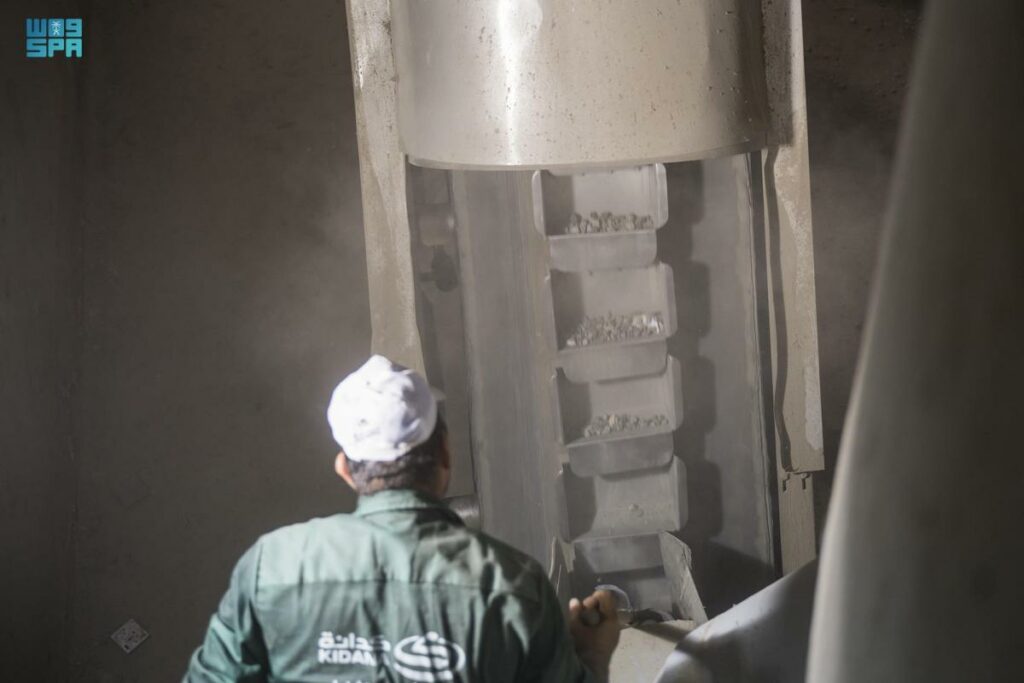
Riyadh: During the Haj season, pilgrims perform a ritual of “stoning the devil”, throwing 21 pebbles over the three days of Tashreeq (11, 12 and 13 Dhul-Hijjah) at the Jamarat Bridge in Mina.
With more than 1.8 million pilgrims who performed Haj this year, the number of pebbles thrown reached over 100 million.
Many people wonder about the fate of these pebbles, as to where they disappear after the departure of all pilgrims from Mina until pilgrims return the next year for the ritual.
An employee of the Kidana Development Company, Ahmed Al-Subhi, told Saudi Press Agency (SPA) that the process of dealing with the stones begins on the first day of the stoning of the devil, immediately after the pilgrims complete the rite.



The pebbles fall 15 meters into the basement, where conveyor belts collect them.
Then it is sieved and sprayed with water to get rid of dust and other impurities.
Finally, they are transferred to a storage centre where they are sorted after the pilgrimage ends.
Why do pilgrims stone the devil?
The stoning of the devil ritual commemorates an event from the life of Prophet Ibrahim.
According to Islamic tradition, as Abraham was preparing to sacrifice his son to Allah, the devil appeared three times and tried to dissuade him from obeying Allah’s command. In response, Abraham stoned the devil at every opportunity and rejected his temptations.
Haj season was held without any restrictions this year, after three years of age and crowd restrictions, owing to the COVID-19 pandemic.
On June 27, Saudi Arabia announced that the total number of pilgrims, from over 150 countries this year exceeded 1.8 million.

